What Is the Difference Between Overhead and Gantry Crane?
A gantry crane differs from an overhead crane primarily by its support structure. Gantry cranes feature legs or supports, known as a crane gantry, which move along rails or wheels. Unlike overhead cranes, gantry cranes do not require a runway system connected to a building’s structure, making them highly versatile and adaptable.
In industrial settings, cranes are essential for lifting and moving heavy loads safely and efficiently. Among the various types of cranes available, overhead cranes and gantry cranes stand out as particularly popular choices. Although these two crane types serve similar purposes, they differ significantly in their structure, applications, mobility, and cost-efficiency. In this article, we'll thoroughly explore these differences, highlighting the unique advantages of gantry cranes and helping you make informed decisions for your lifting operations.
Understanding the Basics: What Are Overhead and Gantry Cranes?
Before diving into the differences, it’s important to clearly define these two types of cranes.
Overhead Cranes
Overhead cranes, sometimes known as bridge cranes, are fixed installations commonly mounted within industrial facilities. They consist of a runway system attached to the building's structure, allowing a bridge crane to travel along the length of the workspace. They provide efficient, precise lifting capabilities, primarily suitable for indoor settings with permanent, repetitive lifting operations.
Gantry Cranes
A gantry crane differs from an overhead crane primarily by its support structure. Gantry cranes feature legs or supports, known as a crane gantry, which move along rails or wheels. Unlike overhead cranes, gantry cranes do not require a runway system connected to a building’s structure, making them highly versatile and adaptable.
Key Differences Between Overhead Cranes and Gantry Cranes
Several distinguishing features set overhead and gantry cranes apart:
Structure and Installation
Overhead cranes require a solid building infrastructure since their runways attach directly to the structure. Installation is typically complex and permanent, requiring detailed engineering considerations.
On the other hand, gantry cranes are supported by their independent legs. This standalone feature means they do not require extensive building modifications. They can be installed easily on existing concrete floors or outdoor settings, providing greater flexibility.
Mobility and Flexibility
One of the key advantages of gantry cranes is mobility. Gantry cranes can be stationary, but many types, including mobile gantry cranes and portable gantry cranes, allow operators to relocate the crane quickly within a workspace or from site to site.
-
Portable gantry crane: Designed to be easily disassembled and reassembled, portable gantry cranes offer unmatched flexibility, making them ideal for businesses with changing workspaces or tasks that require crane mobility.
-
Mobile gantry crane: Equipped with wheels, these cranes allow operators to maneuver them across the facility or job site smoothly, adding efficiency and convenience.
Overhead cranes, conversely, are limited in mobility as they are permanently fixed within the facility.
Load Capacity and Span
Both overhead and gantry cranes offer substantial lifting capacities, though overhead cranes often manage heavier loads due to their fixed installation. However, gantry cranes can also handle significant weights and spans. A robust gantry crane portable model can efficiently accommodate heavy loads in various industrial applications.
Cost Implications
Generally, overhead cranes involve higher initial costs due to infrastructure requirements and installation complexities. Conversely, gantry cranes present a more cost-effective solution, especially for temporary operations or facilities lacking suitable infrastructure for overhead cranes. Additionally, the lower maintenance and installation costs make gantry cranes attractive for businesses aiming to optimize their investment.
Applications of Gantry Cranes
The versatility of gantry cranes makes them suitable for numerous applications, including:
Manufacturing and Warehousing
Facilities dealing with frequent lifting tasks benefit immensely from gantry cranes. Their portability allows for flexible workflow arrangements, improving operational efficiency.
Construction Sites
Construction projects often require temporary lifting solutions. A gantry crane portable is ideal, as it can be moved from one site to another quickly and efficiently, significantly reducing operational downtime.
Marine Applications
Gantry cranes are widely used in shipyards and ports due to their large lifting capacity and adaptability. Known as overhead gantry cranes in these settings, they effectively handle heavy containers and other cargo.
Maintenance and Repair Shops
Automotive and equipment repair facilities utilize mobile gantry cranes to maneuver heavy components smoothly, enhancing workflow and productivity.
Choosing the Right Crane: Factors to Consider
Selecting the right crane involves considering several factors, including:
-
Load Requirements: Evaluate the typical weight and dimensions of loads.
-
Workspace Limitations: Assess space availability and the possibility of installing fixed infrastructure.
-
Budget Constraints: Gantry cranes typically offer a more budget-friendly option due to lower installation and maintenance costs.
-
Mobility Needs: Decide whether a stationary crane or a mobile solution best suits operational demands.
For businesses prioritizing flexibility, mobility, and cost-efficiency, investing in a gantry crane can significantly enhance operational performance.
Maintenance and Safety Tips for Gantry Cranes
Regular maintenance is crucial for extending the lifespan and performance of gantry cranes:
Routine Inspections
Conduct regular inspections of structural components, cables, wheels, and mechanical systems to detect early signs of wear or damage.
Training and Safety Procedures
Ensure that all operators are properly trained in crane operations and safety protocols, minimizing workplace accidents.
Preventive Maintenance
Implement preventive maintenance programs, including lubrication of moving parts and timely replacement of worn components.
Conclusion
Understanding the key differences between overhead and gantry cranes is essential when selecting equipment tailored to specific operational needs. With their adaptability, mobility, and cost-effectiveness, gantry cranes serve as ideal solutions for numerous industries seeking efficient lifting and moving solutions. Investing in a reliable, high-quality gantry crane, particularly a portable or mobile variant, can offer substantial long-term benefits, optimizing operational efficiency and safety.













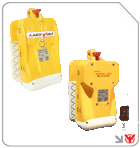

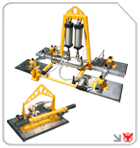
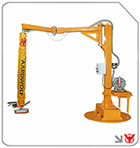
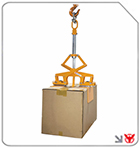
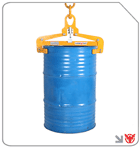

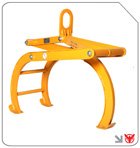

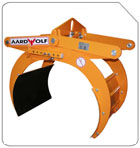
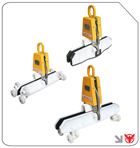


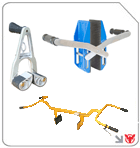
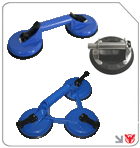

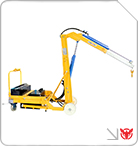

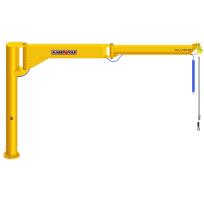
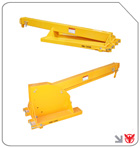
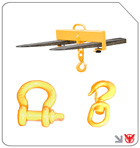
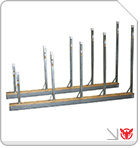
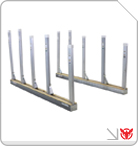
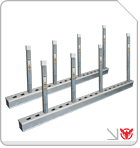



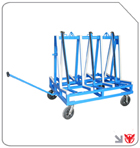

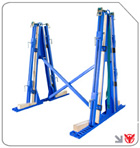
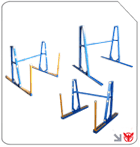
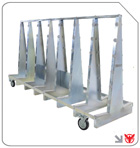



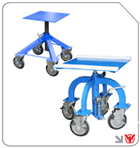






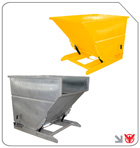


Follow us on: